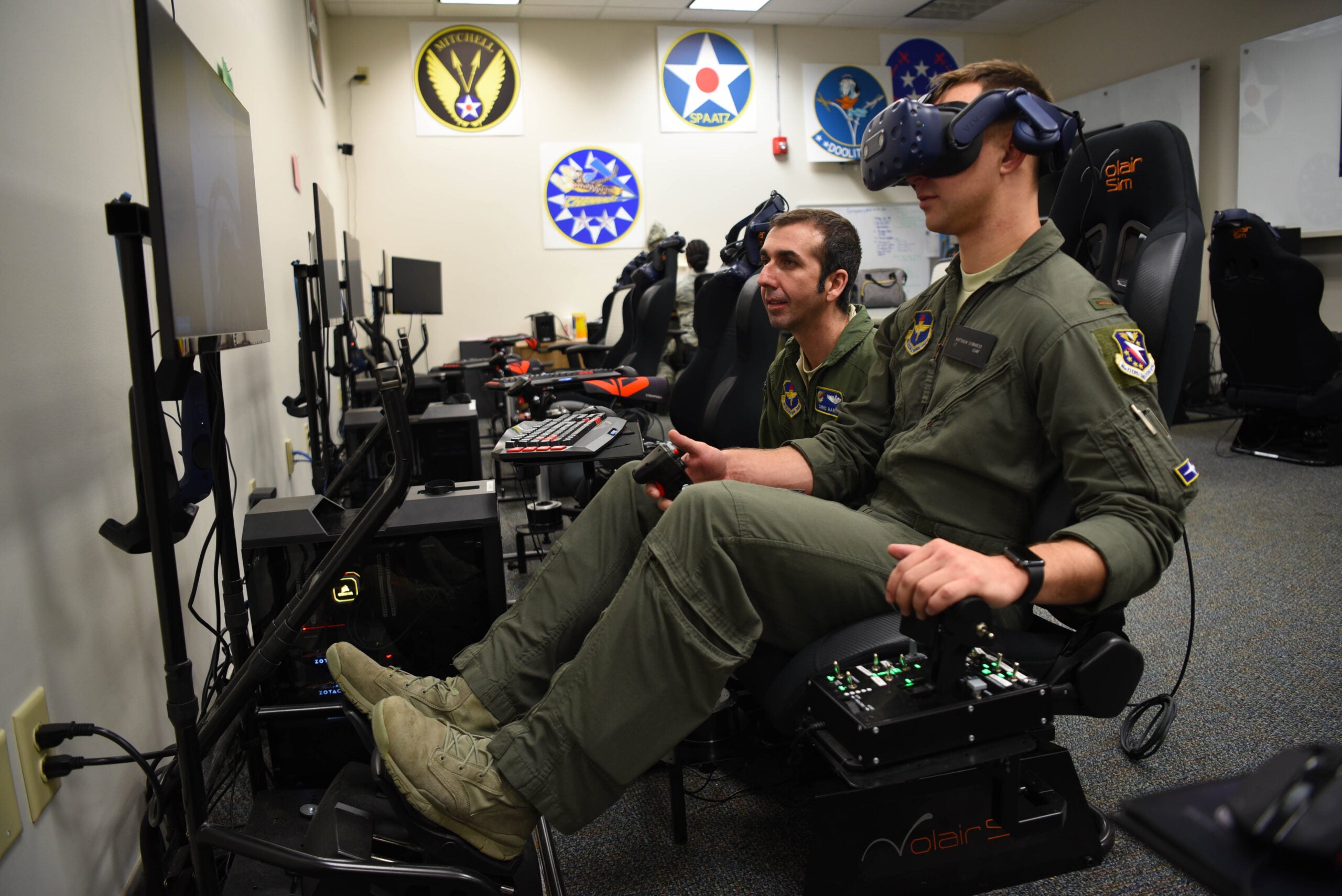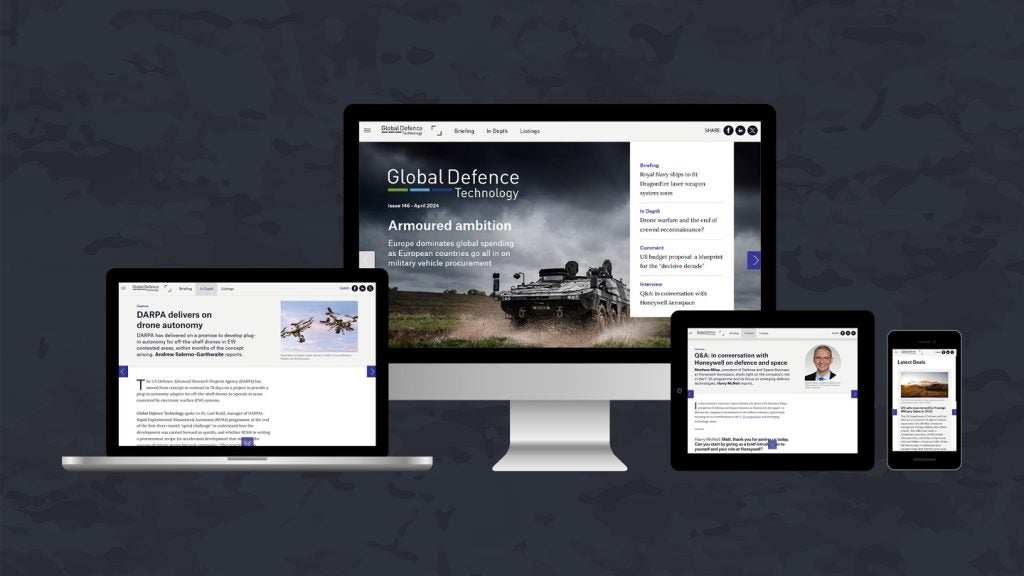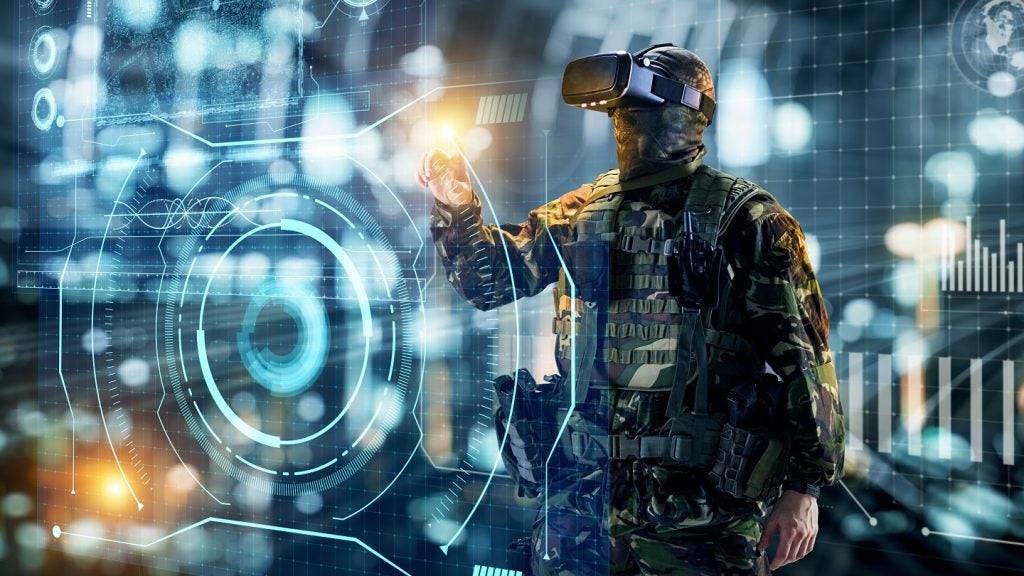
The US Air Force’s (USAF) 14th Flying Training Wing (FTW) innovation flight in Columbus Air Force Base (AFB) has integrated virtual reality (VR) technology into pilot training.
A flexible syllabus has been developed to swiftly train quality pilots for the airforce.
The syllabus does not replace conventional training methods but includes all the crucial basic mission elements that accommodate each soldier’s learning habits.
The training process integrated with the technology has produced pilots with only 42 sorties in comparison to traditional training with 47 sorties.
41st Flying Training Squadron chief pilot and director of the innovation flight Christopher Harris said: “The VR does not replace actual flight training, but what we do here at innovation flight is to try and leverage the things that it is good for.
“We then place it into the appropriate spot in the syllabus, continue to evolve as the technology develops and create better pilots faster.”
How well do you really know your competitors?
Access the most comprehensive Company Profiles on the market, powered by GlobalData. Save hours of research. Gain competitive edge.

Thank you!
Your download email will arrive shortly
Not ready to buy yet? Download a free sample
We are confident about the unique quality of our Company Profiles. However, we want you to make the most beneficial decision for your business, so we offer a free sample that you can download by submitting the below form
By GlobalDataIt provides pilots with significant skills such as risk management, situational awareness and decision-making, and prepares them for the complete process from take-off to landing.
The innovative technology uses VR tools such as Oculus Go to provide visuals and increase efficiency.
USAF 14th Student Squadron student pilot Matthew Demarco said: “Being a new pilot in training, visual references are a big part of doing patterns. My flight got into the VR flight simulations early, so we had a head start going into things.
“Even though VR does not simulate the feeling of the aircraft, the way you can see the visual references and getting to interact with the instruments used in departures and landings made it easy to progress throughout the rest of the training.
“You can see real-life problems that might occur in the sortie, this gives insight to what you can expect while in a real flying training exercise.”
In January 2020, the US Air Force announced the use of VR technology for C-130 maintenance training.





